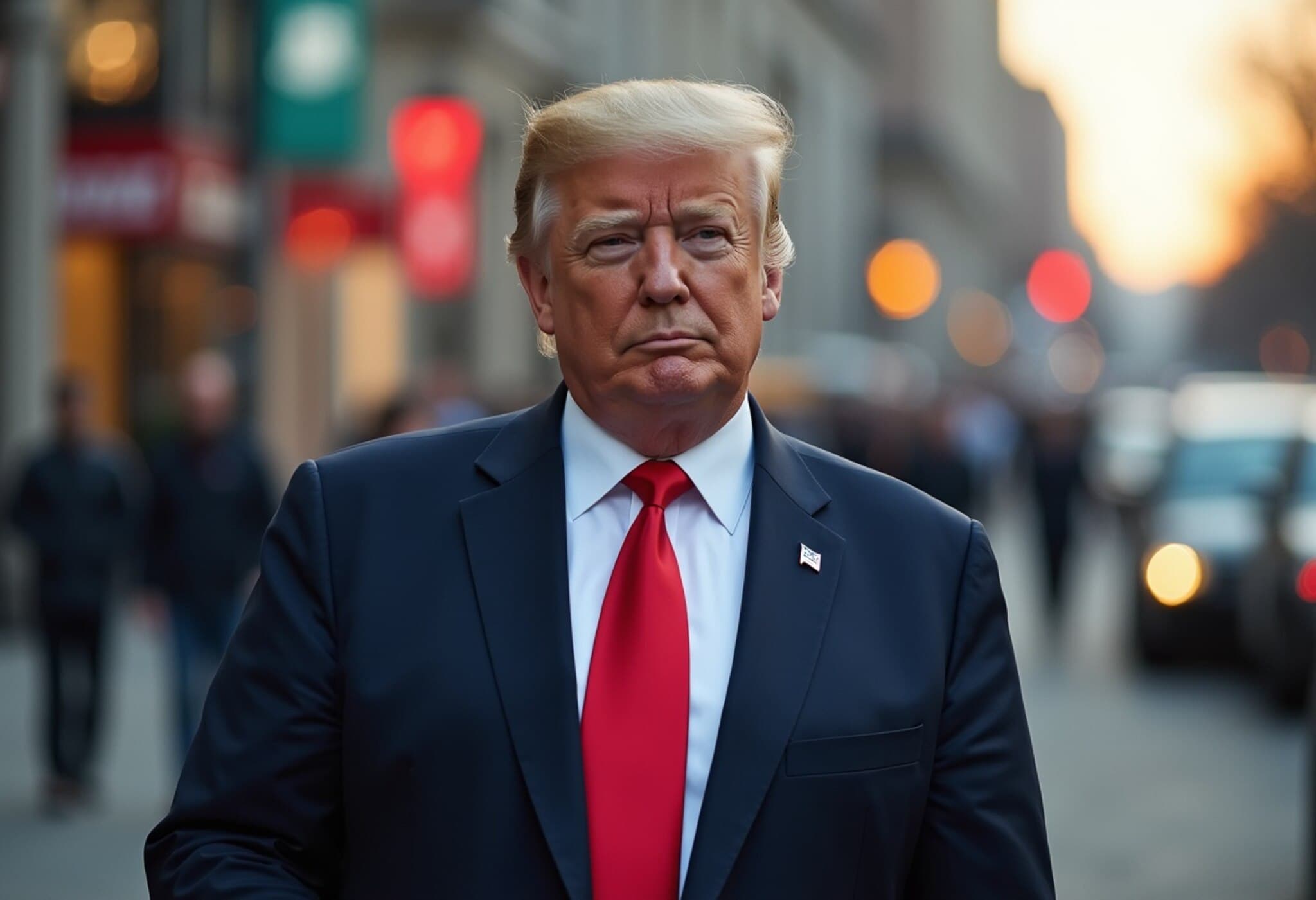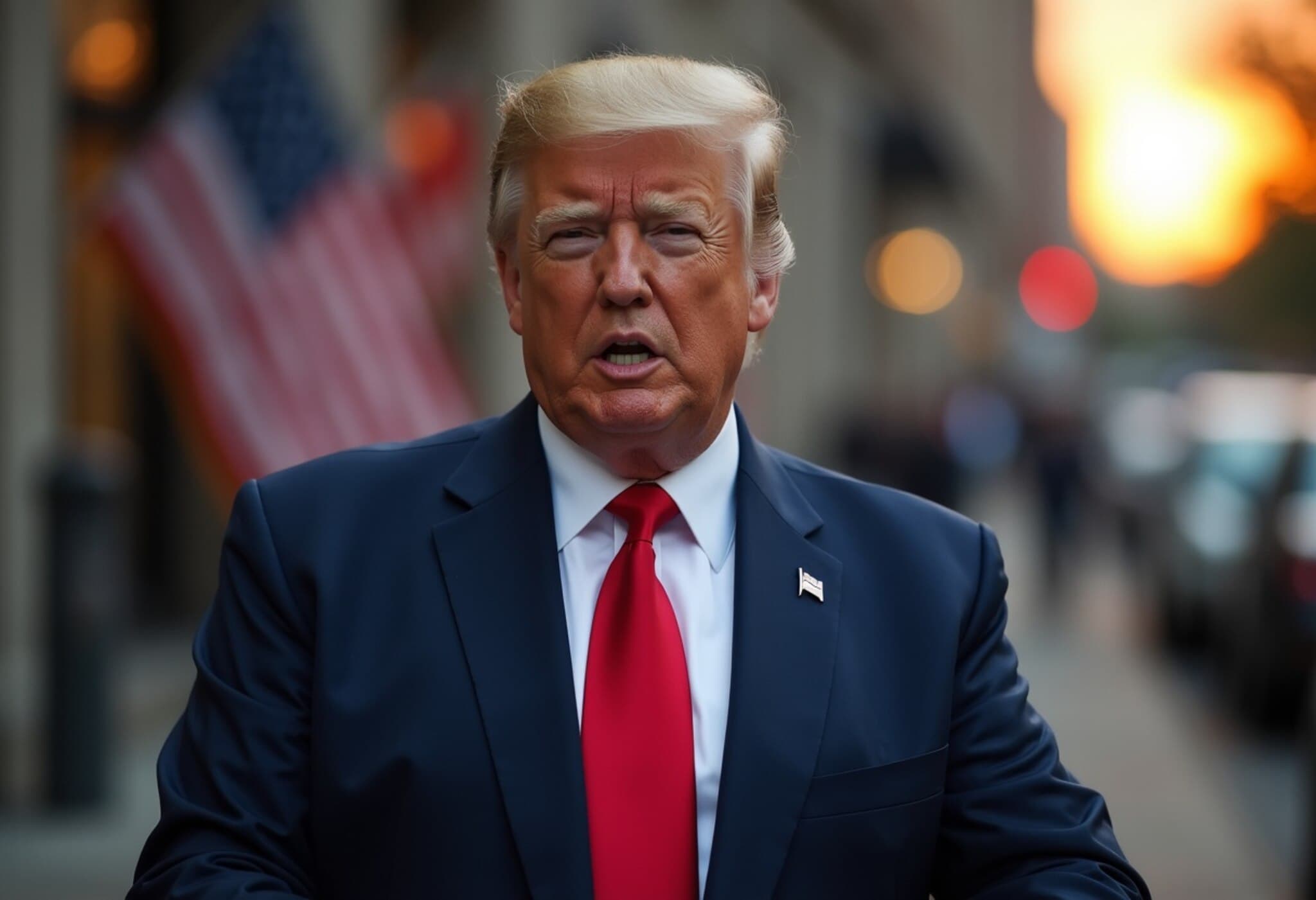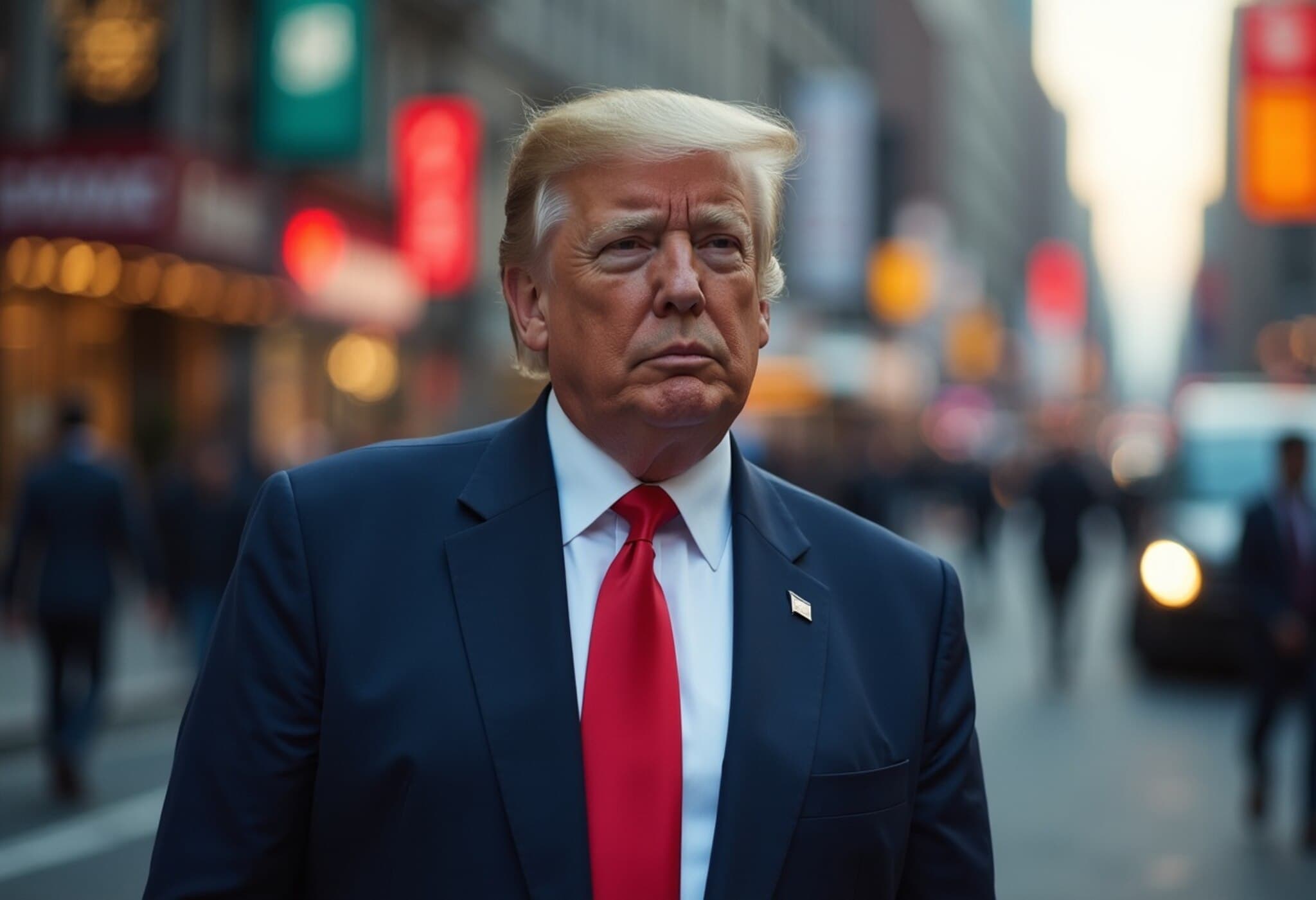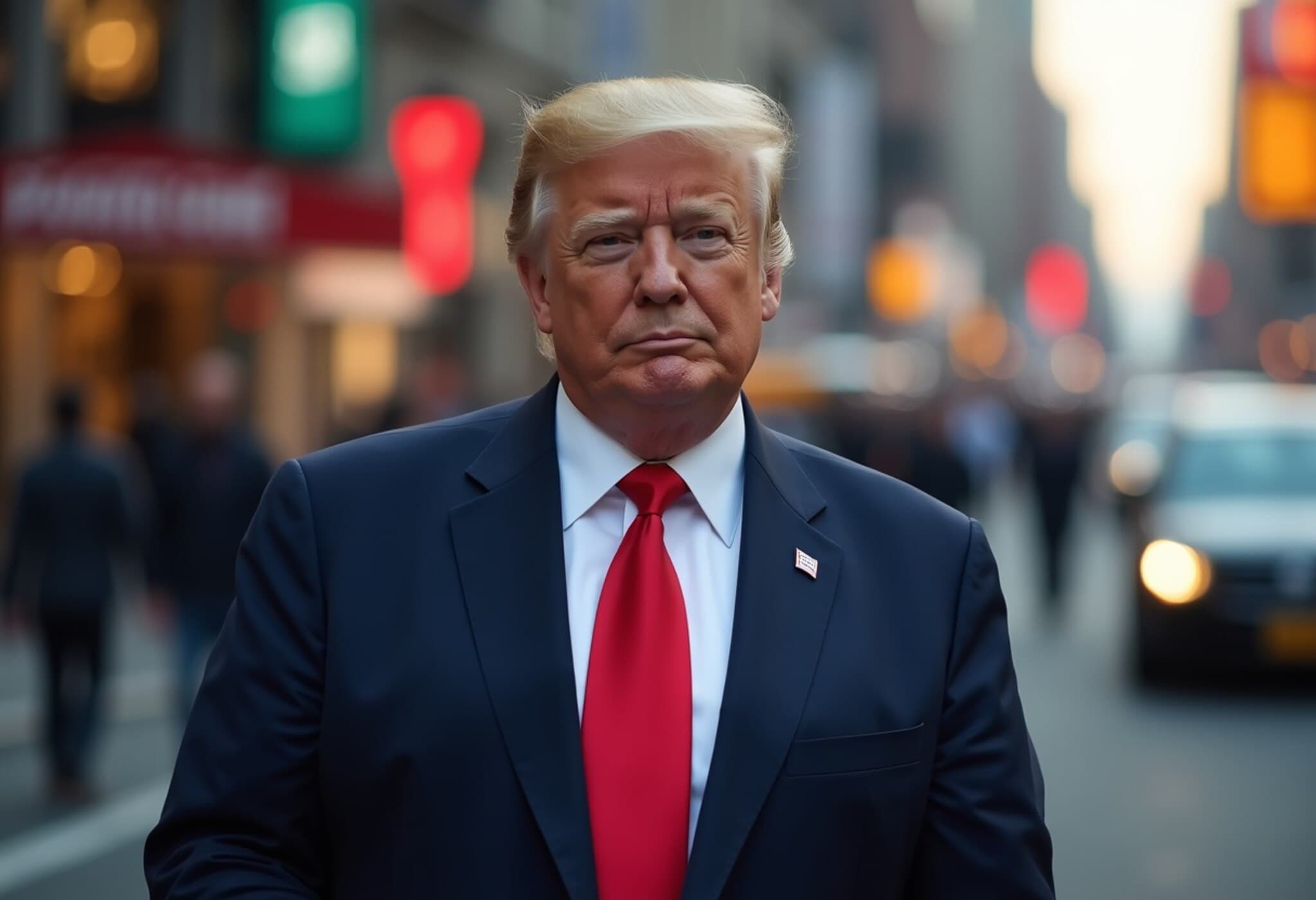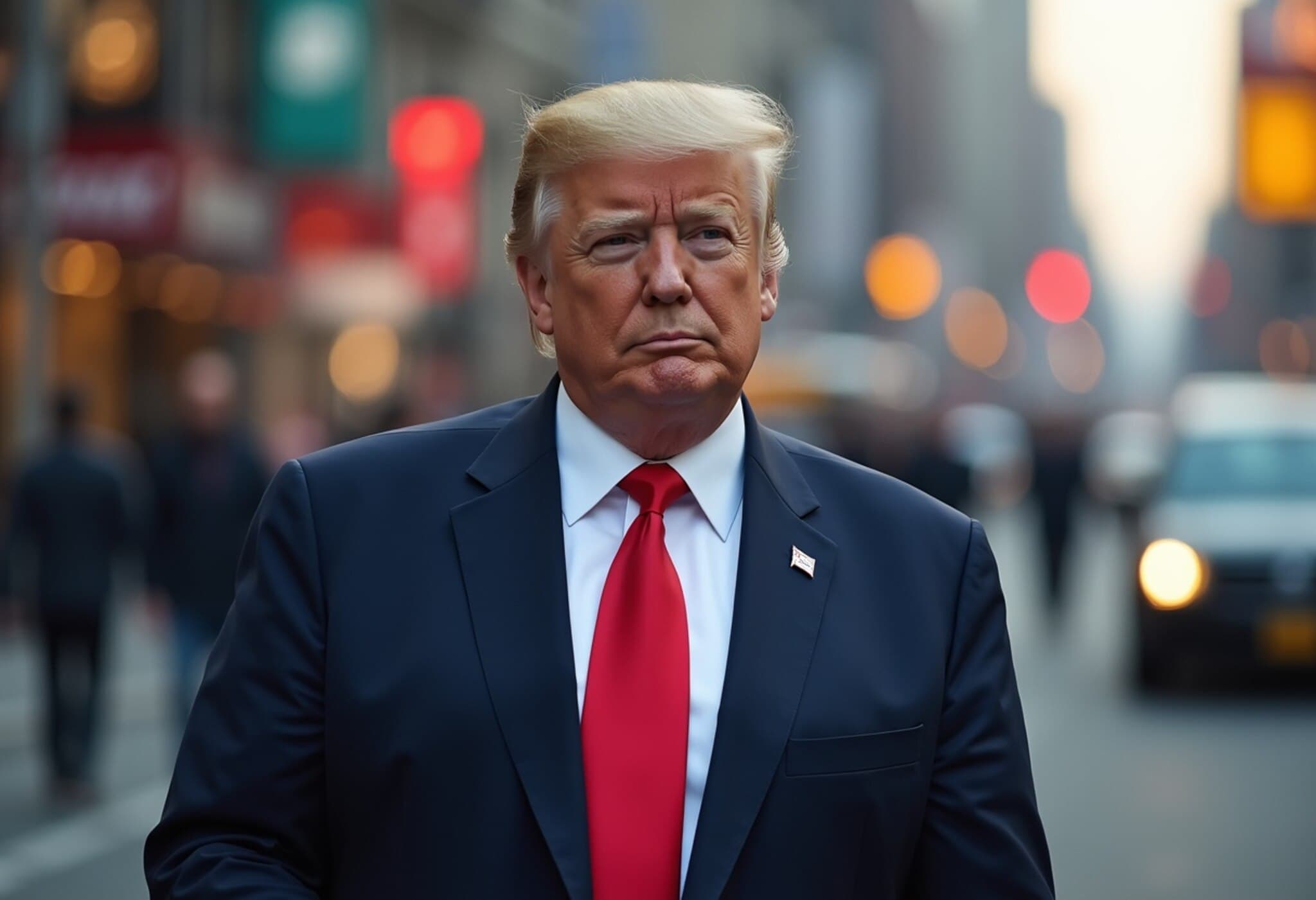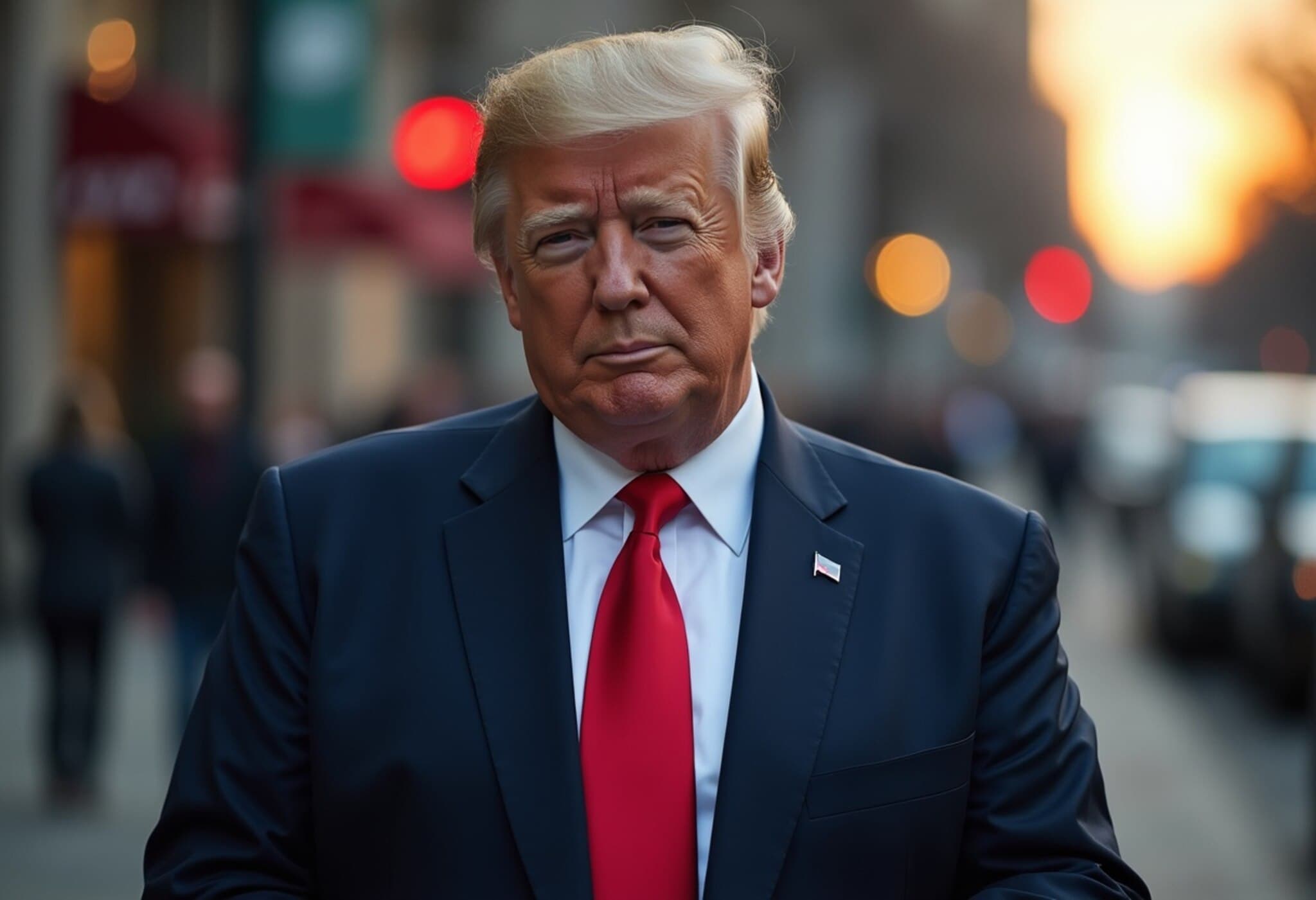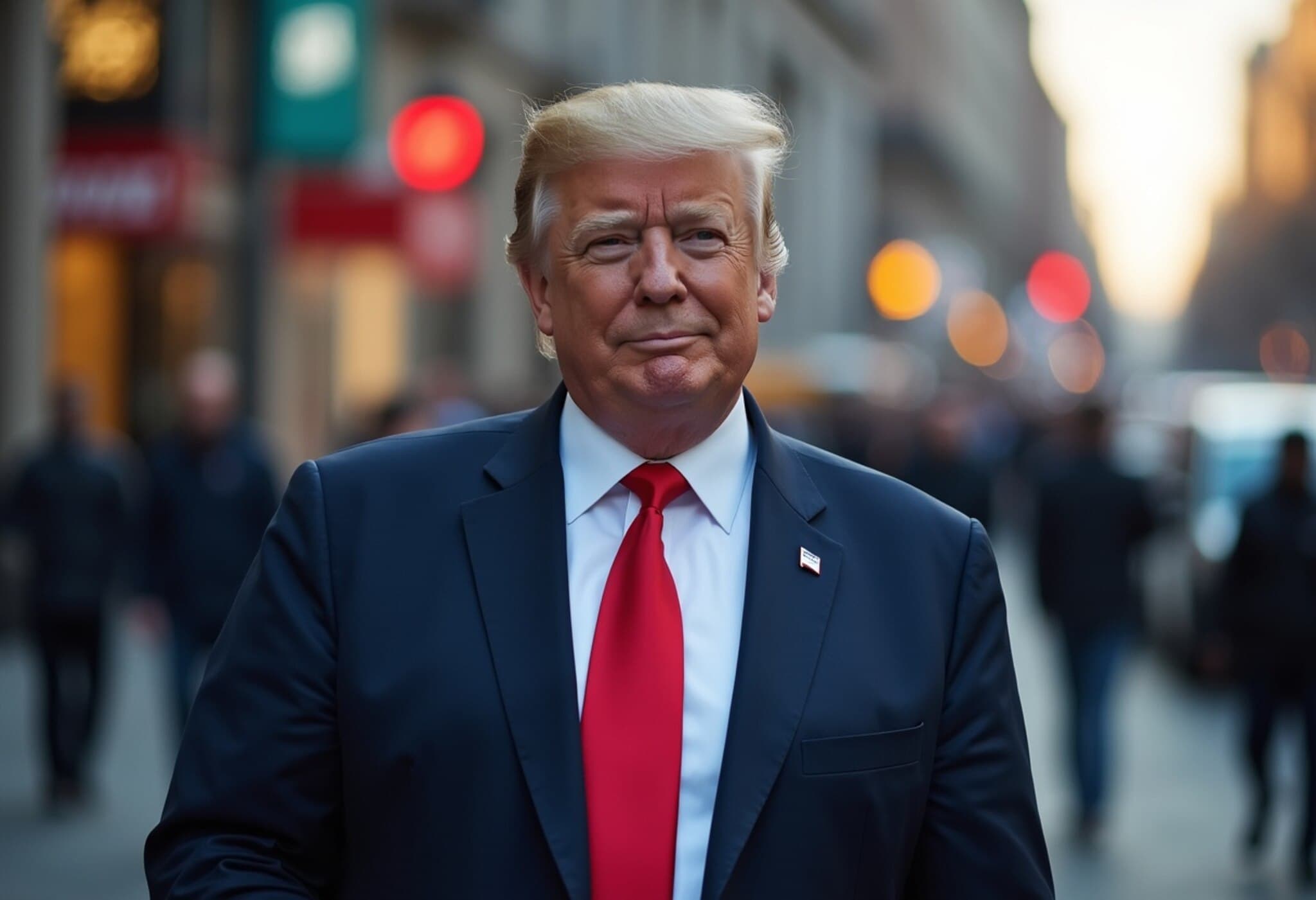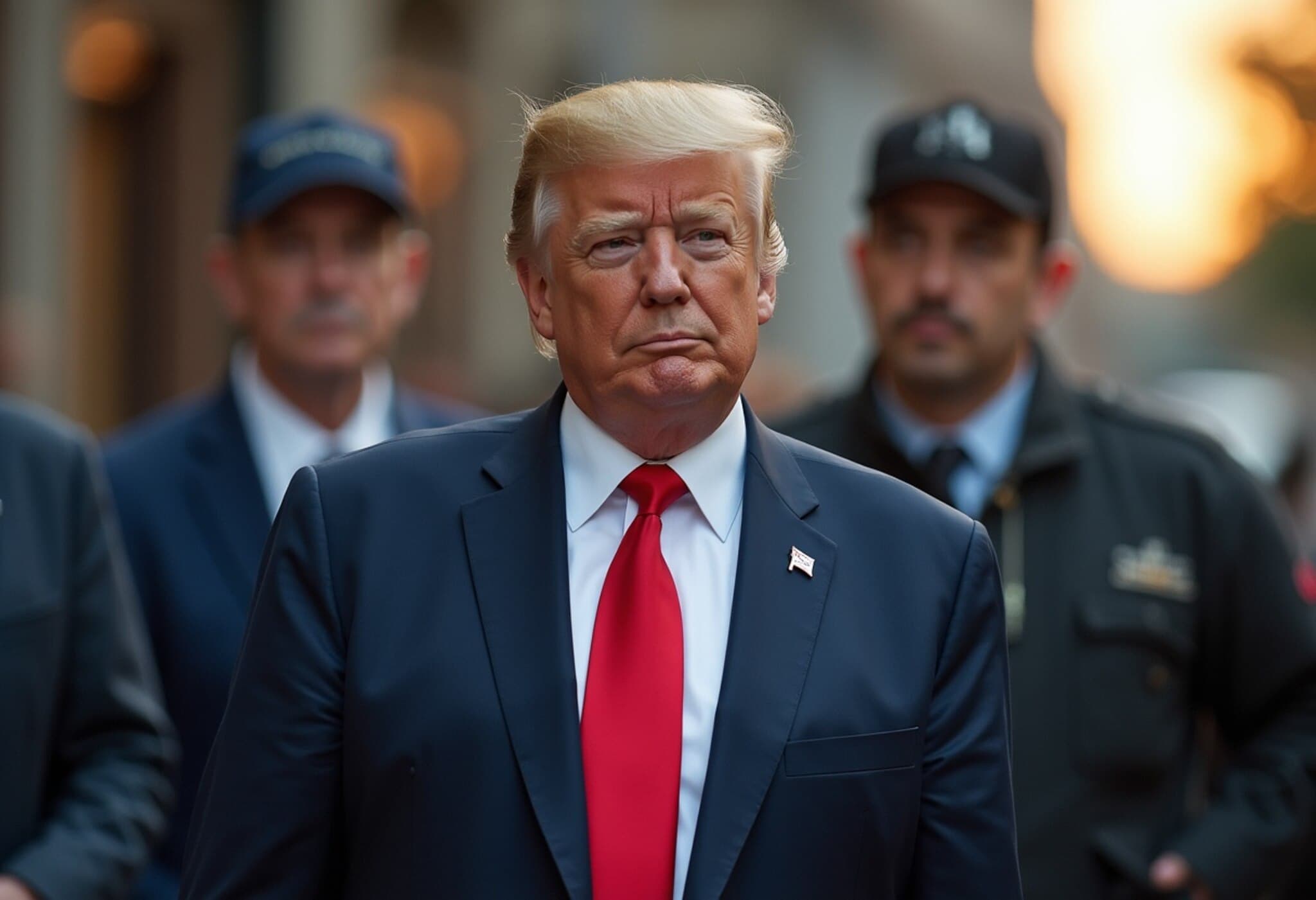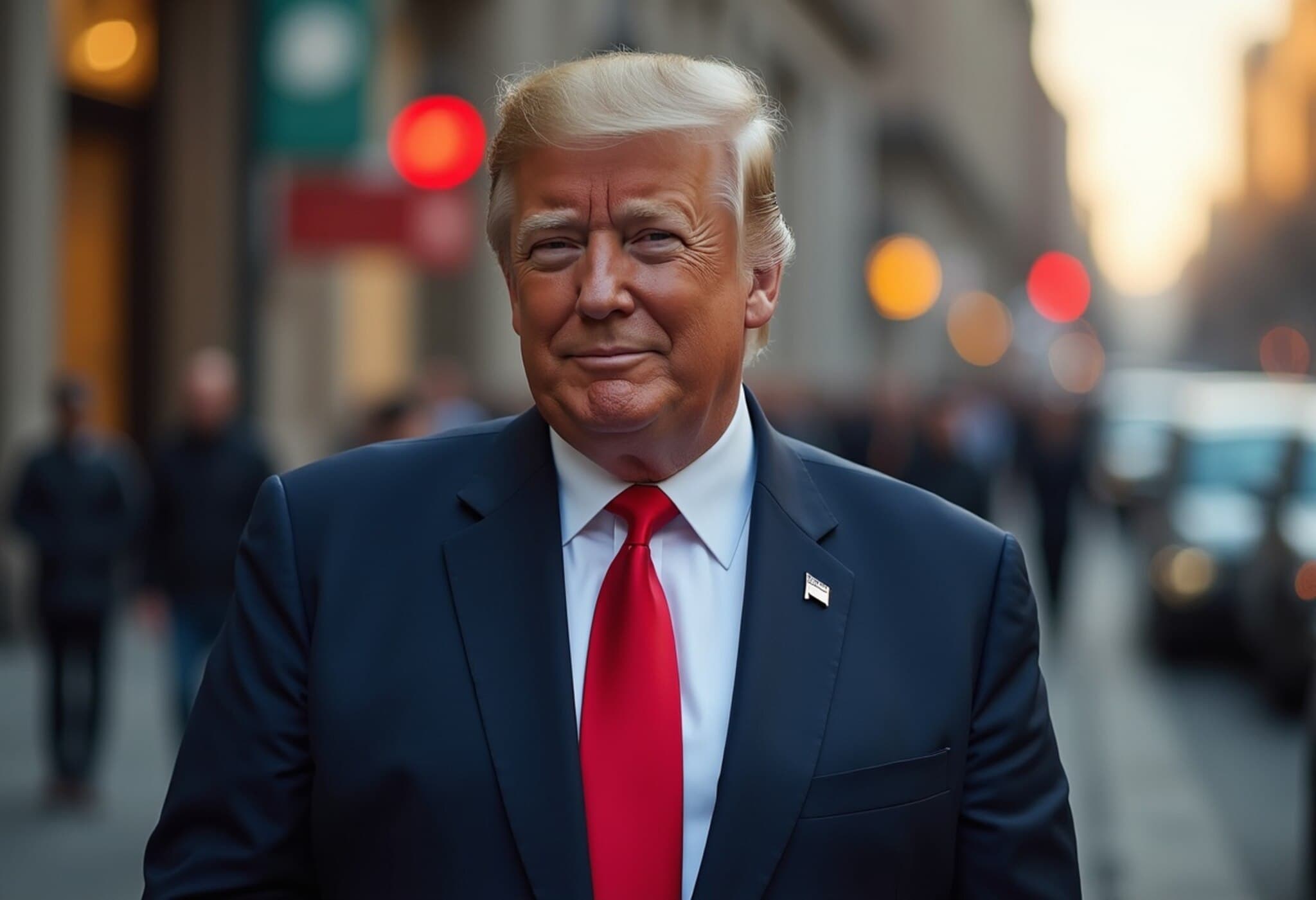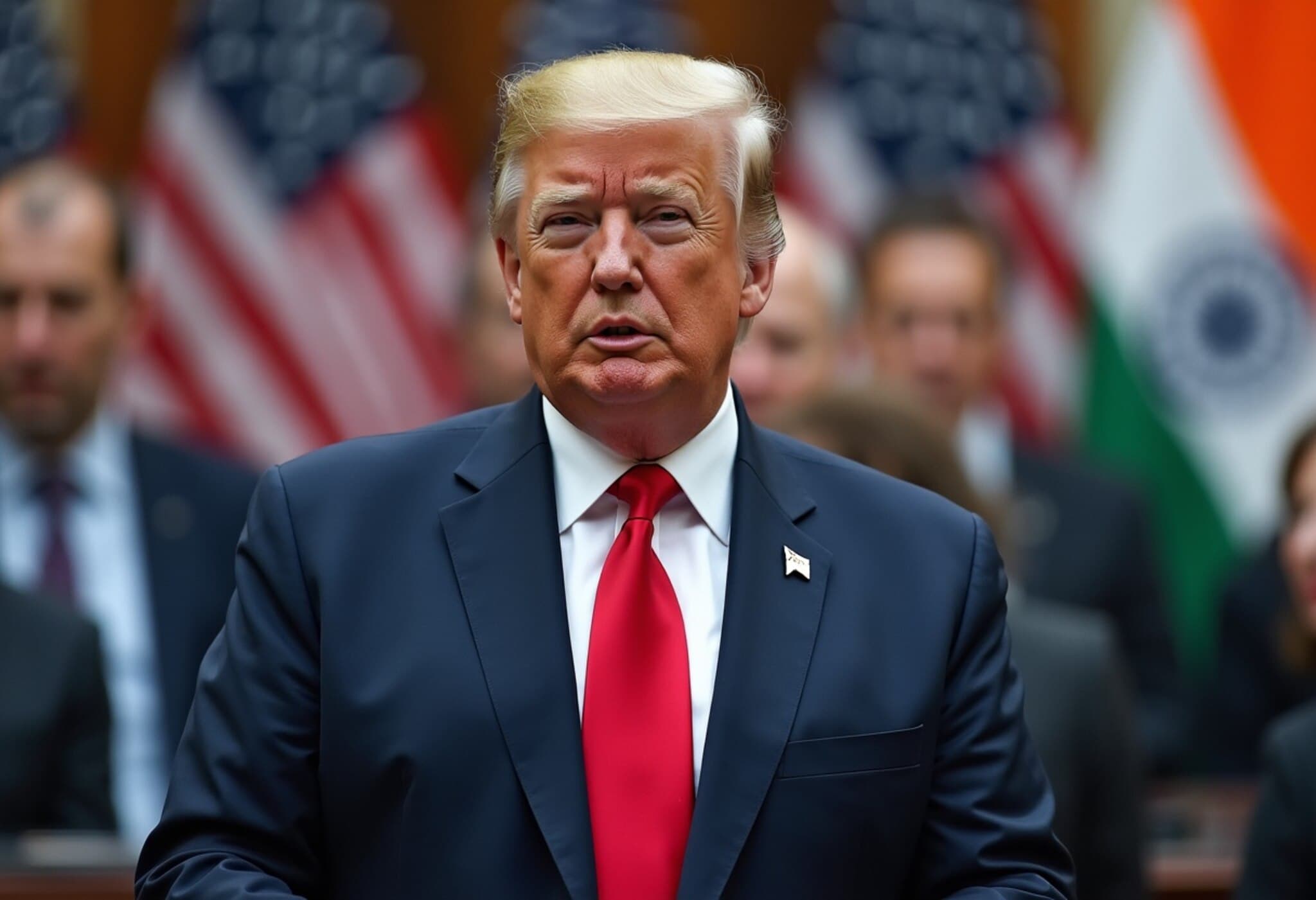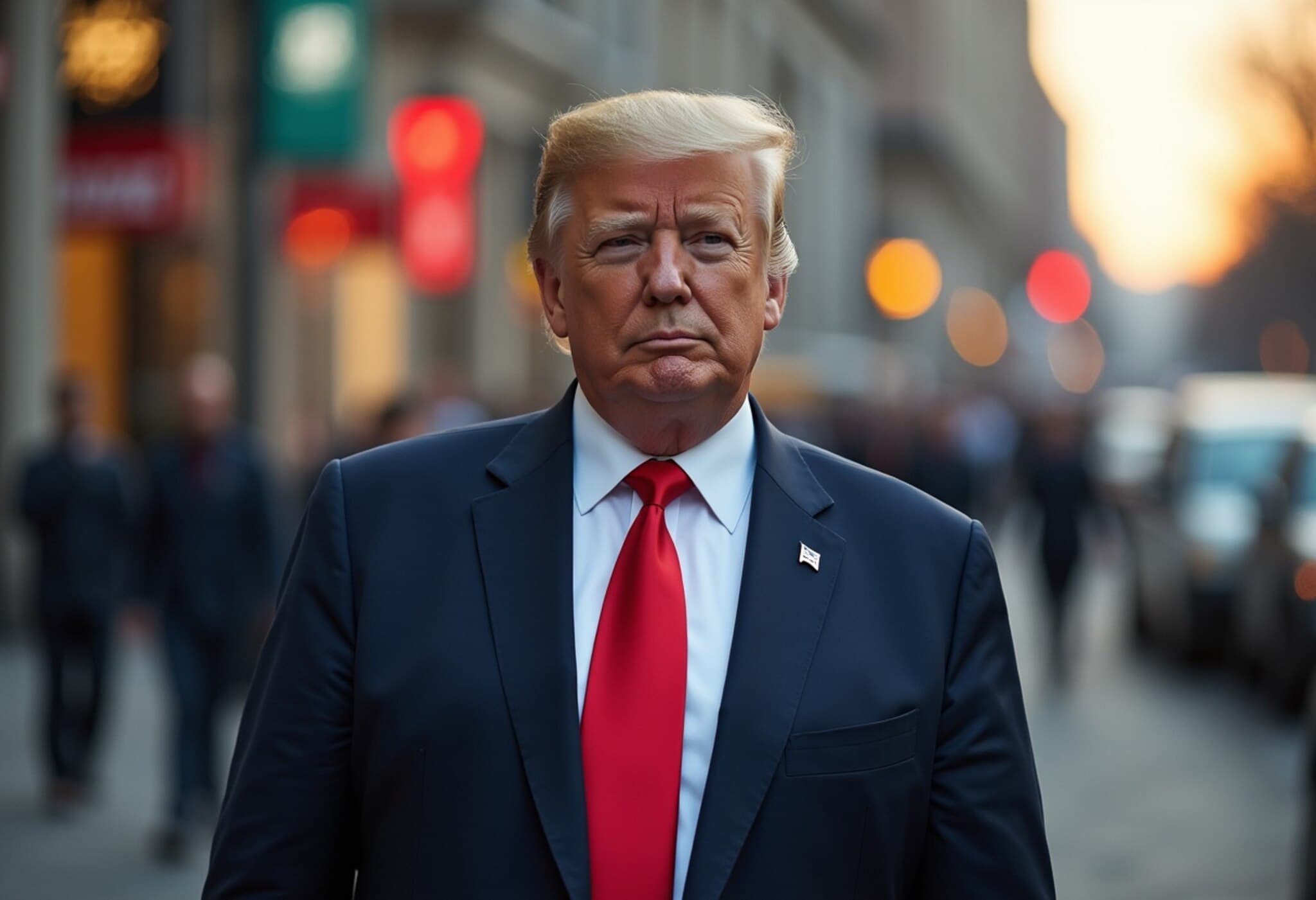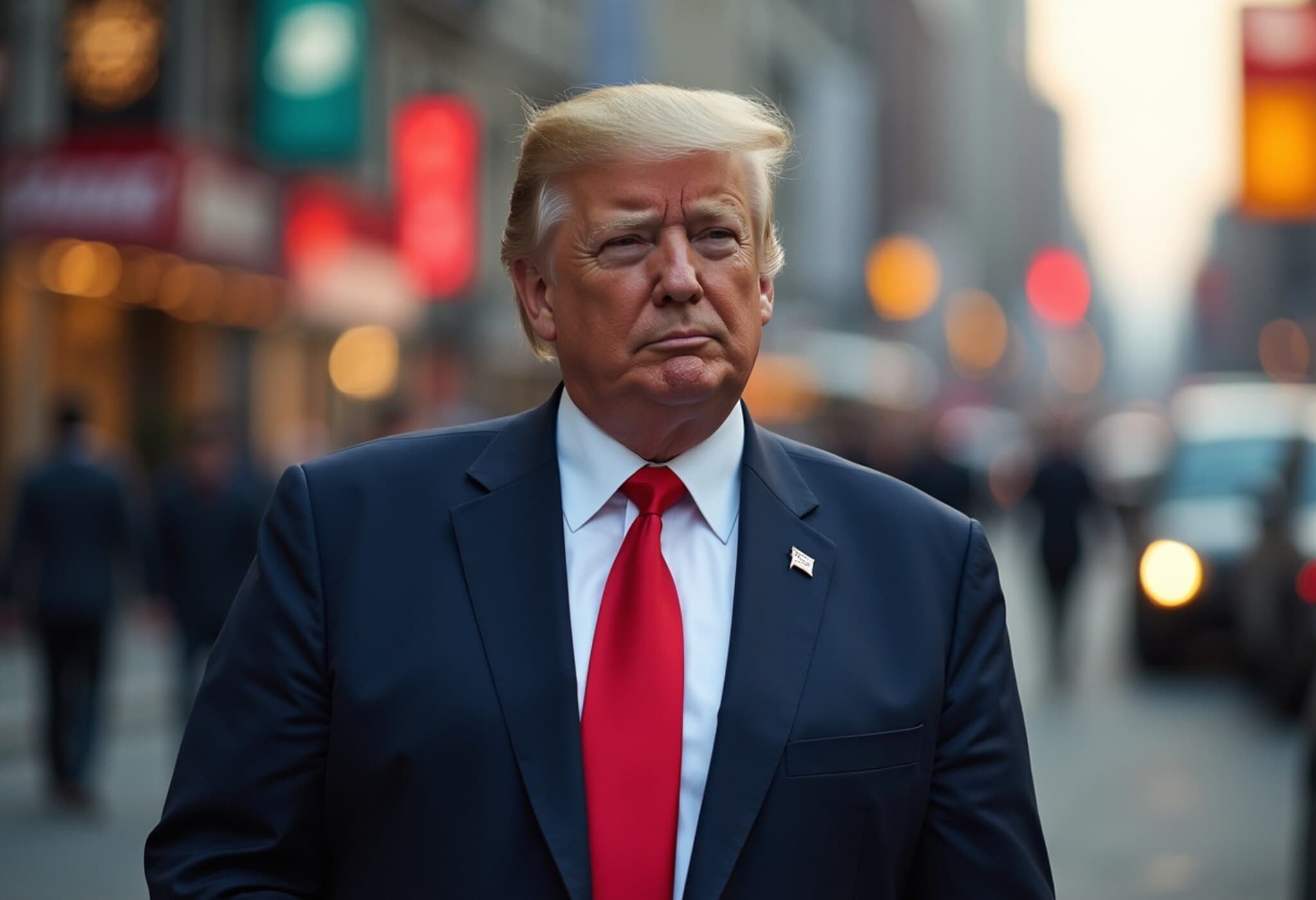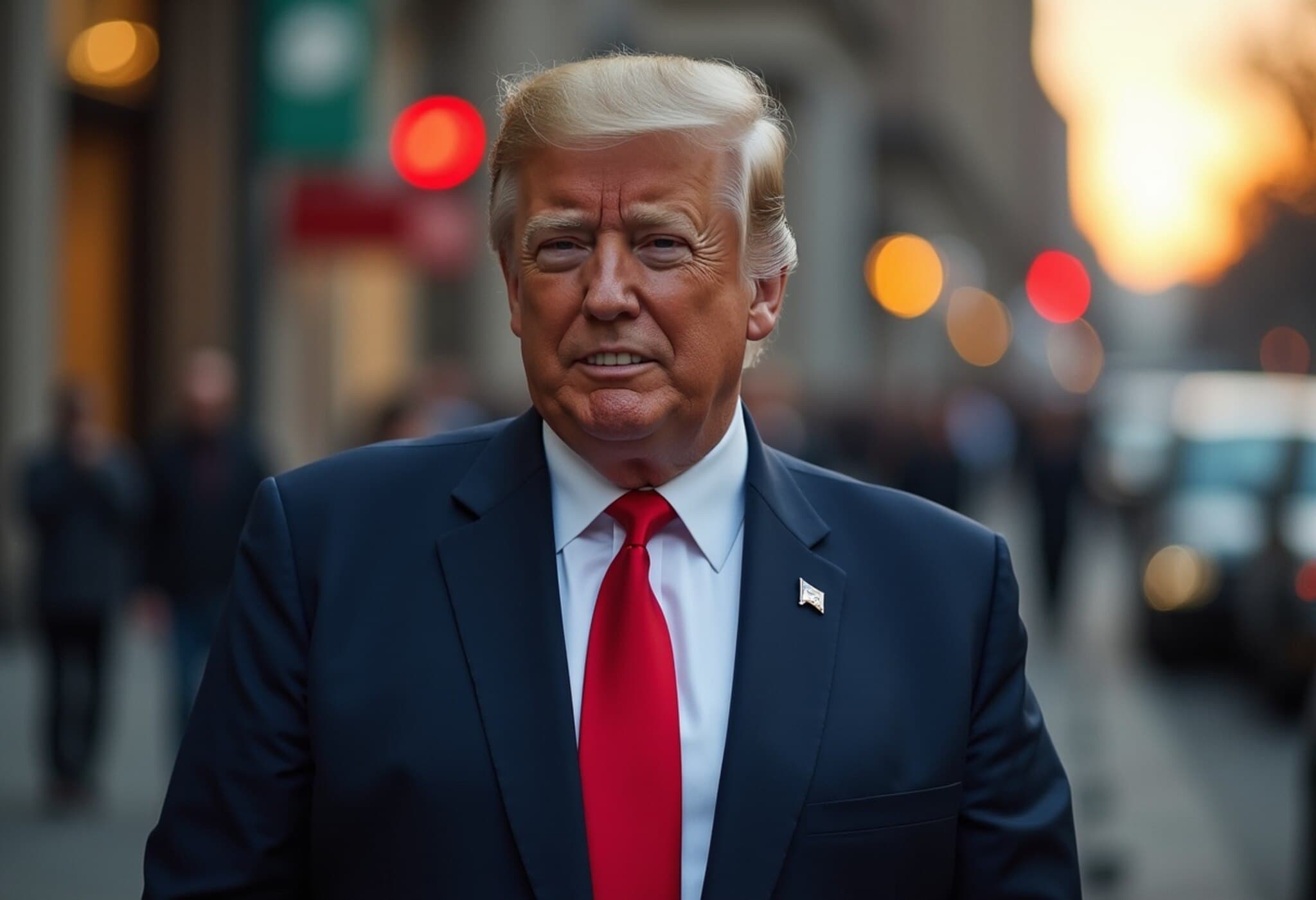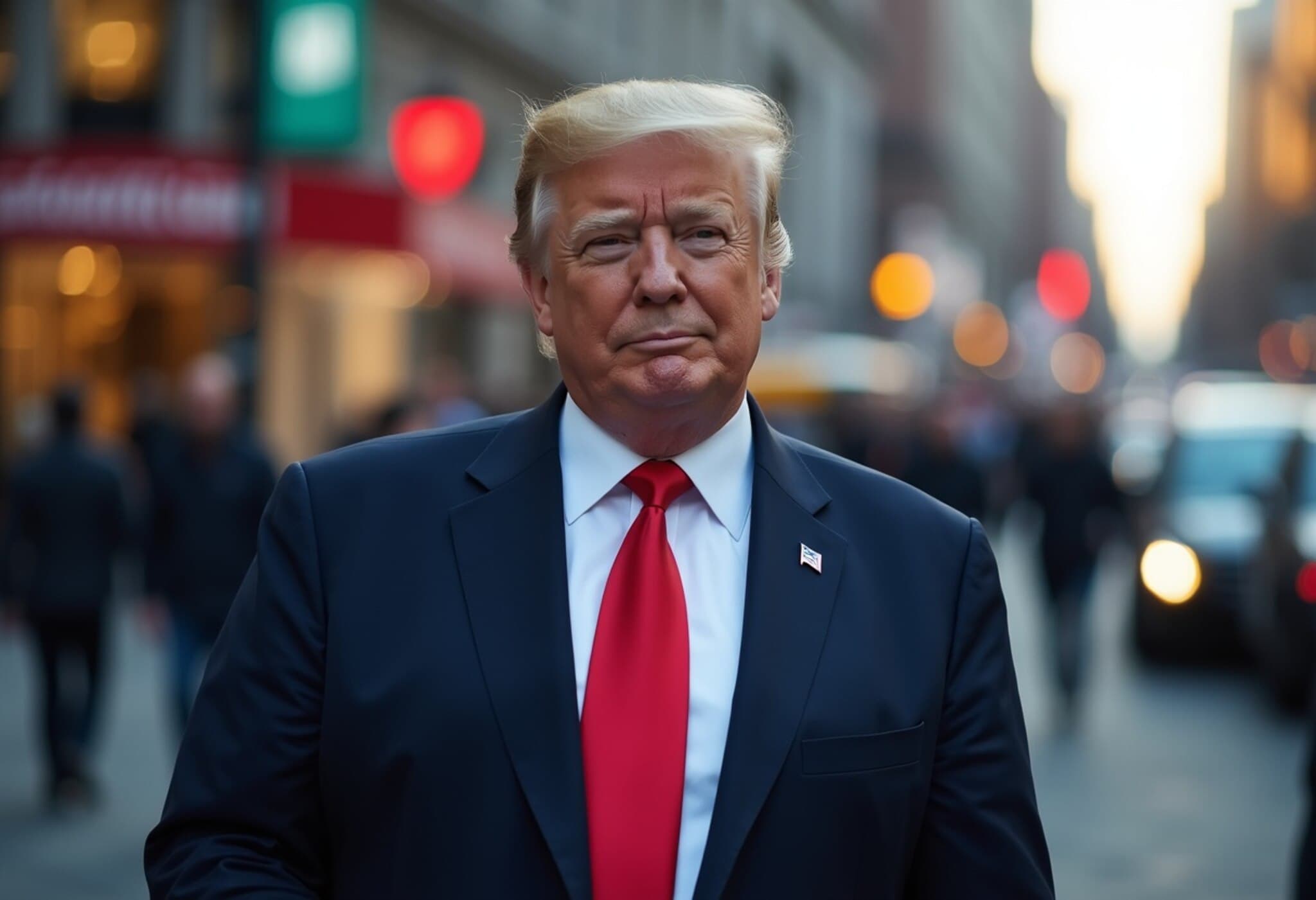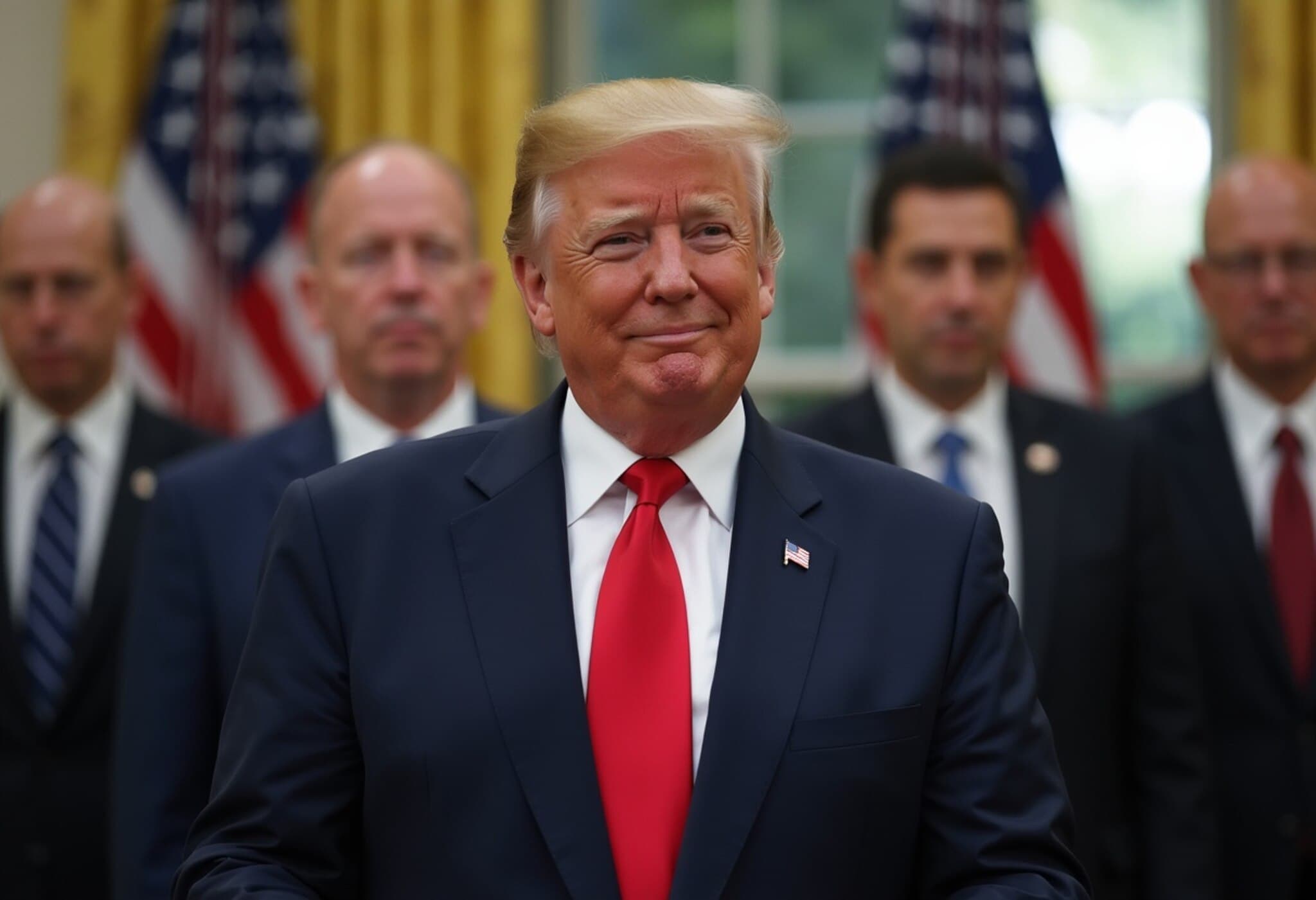Trump Escalates Tariffs on India to 50% Citing Russian Oil Trade
In a significant escalation of trade tensions between the United States and India, President Donald Trump has signed an Executive Order that doubles the tariff imposed on Indian imports to 50%, targeting India’s continued purchase of Russian oil. This move underlines the US administration’s firm stance on penalizing countries whose trade relationships with Russia are seen as undermining American national security interests.
Details of the Tariff Increase
Originally, a 25% tariff was to be imposed on Indian goods starting August 7, 2025. However, just weeks later, on August 6, the executive order introduced an additional 25% levy, effectively raising the duty to 50% for Indian products entering the US market. The administration asserts that this action is necessary to address the “unusual and extraordinary threat” posed by the Russian Federation’s ongoing conflict with Ukraine and its global implications.
Legal Foundation for the Order
The order references several key authorities, including the International Emergency Economic Powers Act (IEEPA) and the National Emergencies Act. These provide the President broad discretionary power to regulate imports to confront threats to national security. The measure builds on a series of existing sanctions, including Executive Orders 14066 and 14024, which specifically prohibit imports of certain Russian products, such as crude oil and petroleum derivatives.
What the Executive Order Says
- Section 1: Frames the national emergency due to the Russia-Ukraine conflict and emphasizes ongoing threats to US national security.
- Section 2: Formally imposes an additional 25% ad valorem duty on Indian imports connected, directly or indirectly, to Russian oil.
- Section 3: Clarifies how these tariffs stack alongside other duties and exemptions.
- Sections 4 & 5: Authorize flexible response measures depending on foreign retaliations or changes in Russia’s actions, with ongoing monitoring by US officials.
Implications for US-India Relations
This substantial tariff escalation could deepen friction between two global democracies that have strengthened ties over recent years. India, striving to balance its energy needs and geopolitical partnerships, faces economic pressures amid this trade war intensification. American industries dependent on Indian imports might also encounter supply chain disruptions, potentially causing ripple effects across sectors.
Expert Analysis: Geopolitics Meets Trade Policy
Tariff policies of this magnitude are rare and suggest that the US is willing to leverage economic tools aggressively to shape global energy and geopolitical landscapes. While the US aims to isolate Russia economically, the cost will be borne not only by Russia but also by countries like India caught in the crossfire. As the EU pivots energy sourcing away from Russia, India’s demand for affordable oil remains high, highlighting the tension between economic pragmatism and strategic alignments.
Trade expert Amanda Caldwell notes, "This tariff hike signals a new phase in US trade policy, where economic measures are overtly used as instruments of foreign policy. Its effectiveness will depend on how India and other countries respond—through diversification, alternate partnerships, or diplomatic negotiations."
What Lies Ahead?
The order also empowers the US Secretary of Commerce and other officials to continuously track other nations potentially circumventing sanctions by indirectly importing Russian oil. This could foreshadow expanded tariff actions if additional countries are found complicit.
Moreover, the provision allows flexibility to modify or rescind tariffs based on how Russia’s policies evolve or if affected countries adjust their stances. This dynamic approach stresses ongoing vigilance in US trade sanctions enforcement.
Conclusion
President Trump’s doubling of tariffs on India to 50% over Russian oil imports marks a dramatic escalation in US trade and foreign policy, emphasizing national security concerns amid the Russia-Ukraine conflict. It brings to the fore complexities that emerge when economic interests and geopolitical strategies collide in a tightly interconnected global order.
Editor’s Note:
This tariff surge forces us to ask: How will India reconcile its energy security with geopolitical pressures? Could this lead to a realignment of global trade alliances? And what might be the ripple effects in US markets dependent on imports from India? As the US continues to wield tariffs as a foreign policy tool, it is crucial to monitor not only economic impacts but also the evolving diplomatic dance shaping 21st-century global relations.

